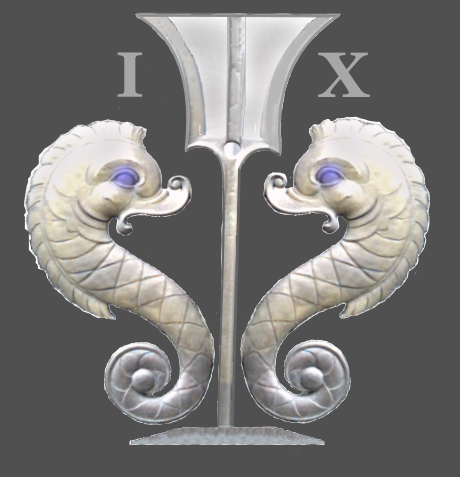Dias named it the Cape of Storms when he rounded it in 1488. Portugal's King John II changed the name to the Cape of Good Hope, in anticipation of finding a trade route to India. In 1580, Sir Francis Drake called it the "The Fairest Cape in all the World". It's the legendary home of The Flying Dutchman, whose ghostly crew is forever doomed to beat its way around the cape without ever successfully rounding the headland. It's the domain of the castigated Portuguese mythical Titan, Adamastor, who sunk ships trying to enter his domain in the Indian Ocean.

We slipped from our berth in Simonstown into the calm, flat waters of False Bay just before sunrise.

Seals raised their flippers and jumped in the air. Dolphins swam at the bow. Birds dipped their wings. All Neptune's creatures seemed to be celebrating with us as we prepared to round the Cape of Good Hope.

The 60 nautical mile daytrip began as benignly as a passage can be. The sun was soon swallowed up by grey skies as we motor-sailed to Cape Point with light, variable winds and a little current behind us.

The last time we were at the Cape of Good Hope, it was on land at South Africa's Cape Point National Park in 2007.

At that time, we had gazed out on the Atlantic from the top of Cape Point, looking down on the lighthouse below.

This time, we had a different view of the lighthouse ...

and a whole different view of the Cape of Good Hope.

David hauled out our best Mauritian rum and offered Neptune a good tot, thanking him as always for his continued protection of Cups and crew as we rounded the fifth and last of the great southern capes and headed to Cape Town … at last.
















